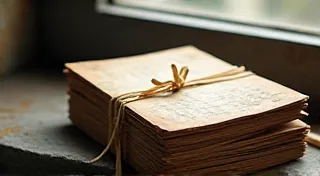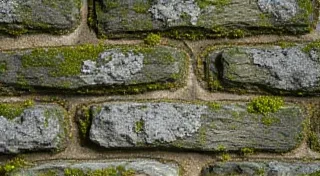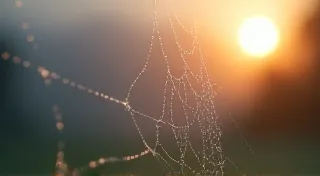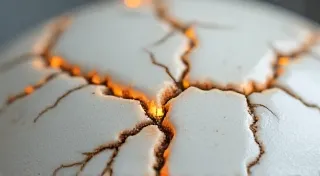Dust and Diamonds: Unveiling the Beauty of Vintage Pen Cleaning
There's a certain magic that clings to antique objects, a whisper of bygone eras held captive within their forms. It's a feeling especially potent when you hold a vintage calligraphy pen – a tool crafted for artistry, communication, and a connection to the hands that wielded it before you. These aren't just writing instruments; they're tiny time capsules, imbued with history and the echoes of countless words penned upon paper. But time, as it always does, leaves its mark. Decades of ink residue, dust, and oxidation can obscure the original luster, dulling the beauty of these remarkable pieces.
My journey into pen restoration began not with a desire to fix, but with a deep appreciation. I inherited a box of my grandfather’s belongings after he passed – a musician, a man of quiet elegance, he’s the one who sparked my love for older instruments. Amongst the sheet music and tarnished trombone, lay a collection of antique pens. They were coated in a film of neglect, the nibs stiff, the bodies dull. They weren’t functional, but they resonated with a story. That’s when I knew I had to bring them back to life.
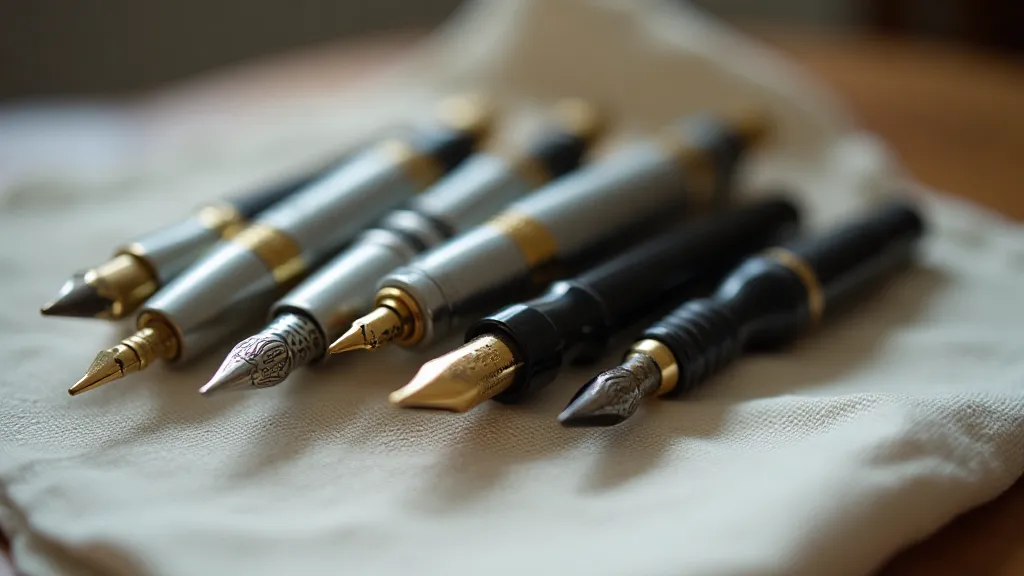
Understanding the Layers of Time
Before you reach for harsh chemicals or aggressive scrubbing, it’s crucial to understand what you're dealing with. Vintage pens weren’t built like modern ones. Many were crafted from materials like ebonite (hard rubber), celluloid, or precious metals – each requiring a slightly different approach. Ebonite, common in early pens, can be quite durable but is prone to discoloration and ink staining. Celluloid, a pioneering plastic, is incredibly beautiful but can be brittle and susceptible to cracking. Metals like sterling silver and gold-filled can tarnish, obscuring their original shine.
The ink residue itself is another layer to consider. Some inks, particularly iron gall inks, are notoriously corrosive and can etch into the metal nib or damage the pen’s body. Knowing the likely ink types used throughout a pen’s history can guide your cleaning strategy.
The Gentle Approach: Initial Cleaning
The golden rule of vintage pen cleaning is gentleness. Abrasive materials and strong solvents can easily damage delicate finishes. Start with the mildest methods first. Warm, distilled water is your best friend. Soak the pen in distilled water for several hours, or even overnight, to loosen dried ink.
Next, try a gentle soap solution. I often use a very dilute solution of Dawn dish soap (known for its grease-cutting properties) in distilled water. Use a soft-bristled brush – an old toothbrush works well – to gently scrub the pen’s body and nib. Avoid applying excessive pressure.
For stubborn ink stains, a poultice can be effective. Create a paste from baking soda and distilled water (or for ebonite, a paste of talcum powder and distilled water). Apply the paste to the stained area, cover with plastic wrap, and let it sit for several hours. The poultice will draw the ink out of the material.
Tackling Stubborn Stains and Oxidation
If water and gentle soaps aren’t enough, you might need to escalate your cleaning efforts. For ebonite pens, a solution of ammonia and distilled water (diluted considerably - no more than 10% ammonia) can be effective. However, always test this solution on a small, inconspicuous area first, as it can alter the color of the ebonite.
For tarnished silver nibs, a silver polishing cloth can work wonders. Apply the cloth gently, following the contours of the nib. Avoid using harsh silver dips, as they can remove the delicate markings on the nib. Gold-filled nibs are generally more resistant to tarnishing but can be cleaned with a gold polishing cloth.
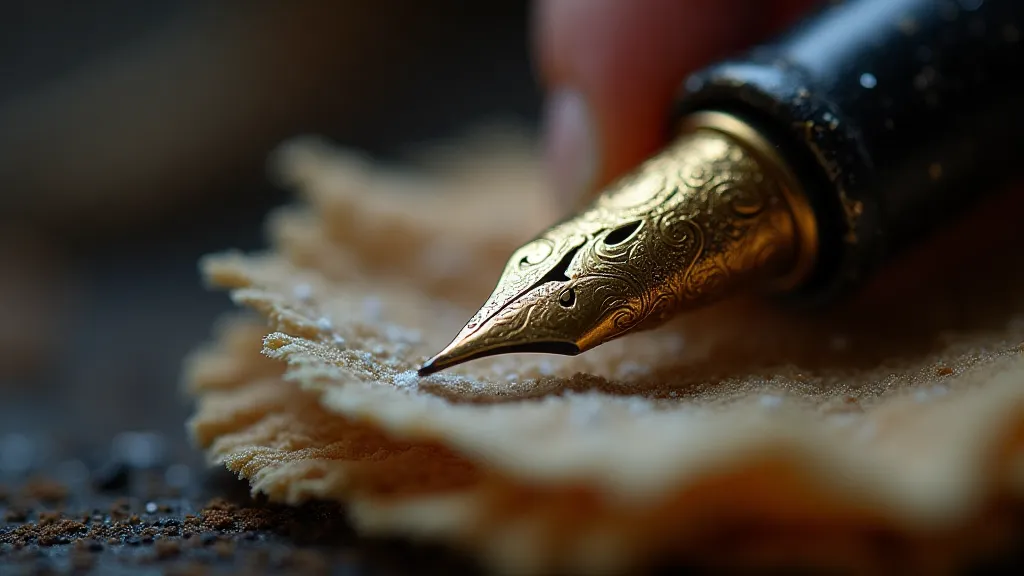
Preserving the Patina: The Beauty of Age
It’s tempting to restore a vintage pen to a pristine, as-new condition. However, I believe that true beauty lies in the imperfections, the subtle signs of age that tell a story. The subtle discoloration on an ebonite pen, the faint scratches on a celluloid body – these aren't flaws; they're evidence of a life well-lived. A little dust and grime can be part of a pen's charm.
The goal isn't to erase the past, but to reveal the original beauty that lies beneath the surface. A light cleaning, a gentle polishing – that’s all it takes to breathe new life into a vintage pen, allowing its story to shine through.
Beyond Cleaning: Understanding Materials & Maintenance
Proper cleaning is just one part of preserving a vintage pen. Understanding the materials is key. Celluloid is fragile; handle it with care, avoiding extreme temperatures or pressure. Ebonite, while durable, can crack if subjected to sudden temperature changes. Metal pens should be stored carefully to prevent scratches and tarnishing. Regularly cleaning your pens—even a quick wipe down after each use—will dramatically extend their lifespan.
Researching your pen’s model and era can also provide valuable insights into its construction and the likely inks used. This knowledge can inform your cleaning and storage practices, ensuring that you’re handling your treasure with the respect it deserves. The joy isn’t just in restoring these beautiful instruments, but in connecting with the history and craftsmanship they represent – a tangible link to the past.
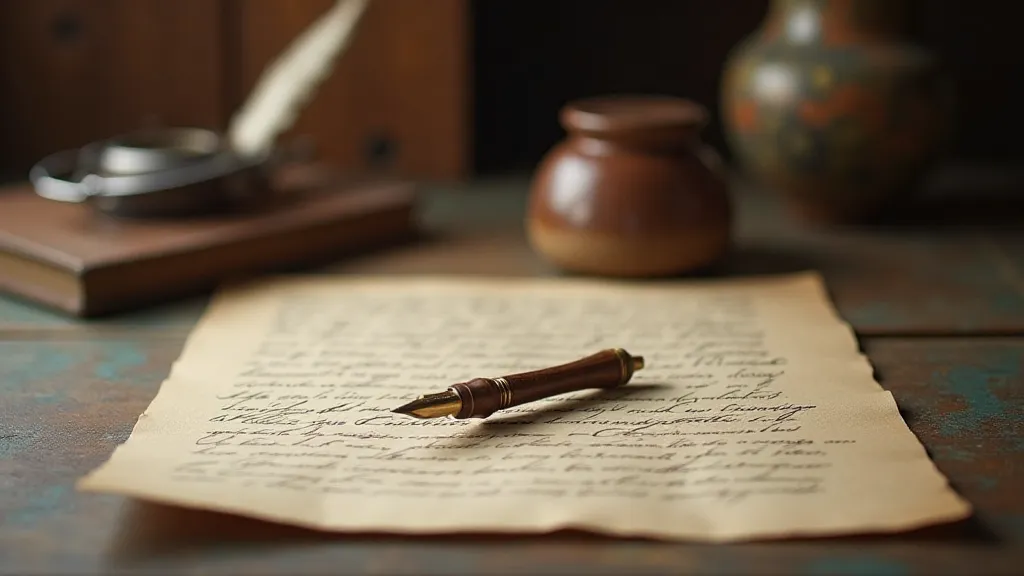
Ultimately, the journey of restoring a vintage calligraphy pen is a labor of love – a chance to connect with the past, appreciate the artistry of a bygone era, and bring beauty back into the world, one gentle cleaning at a time.
